Tag: tramline
-
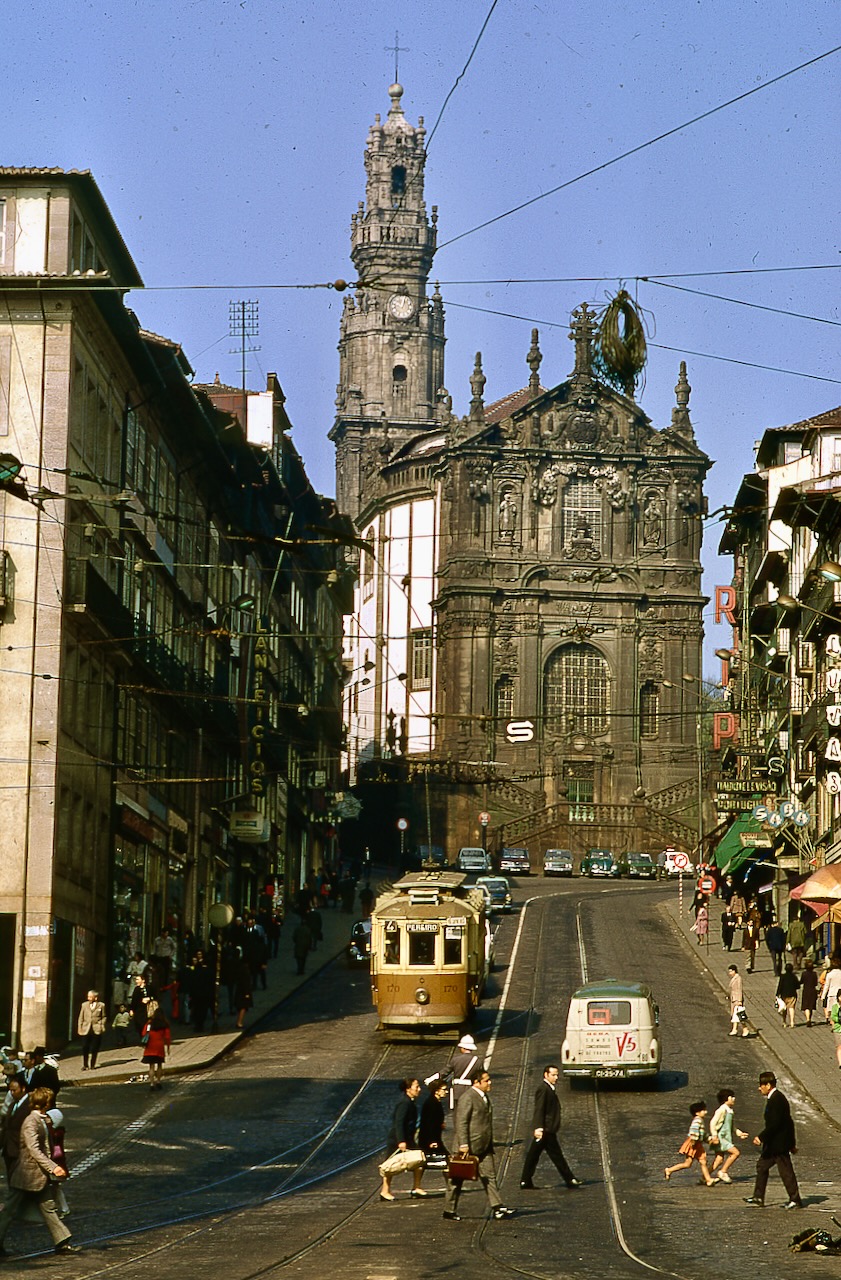
The Porto Electric Tram Network, the STCP years since 1946
The first electric tramline in Porto was opened in 1895. Until 1946 the network was operated by the CCFP: Companhia Carris de Ferro do Porto. This was a private company. In 1946 the operations were taken over by the municipal owned STCP: Serviço de Transportes Colectivos do Porto (now Sociedade de Transportes Colectivos do Porto)…
-
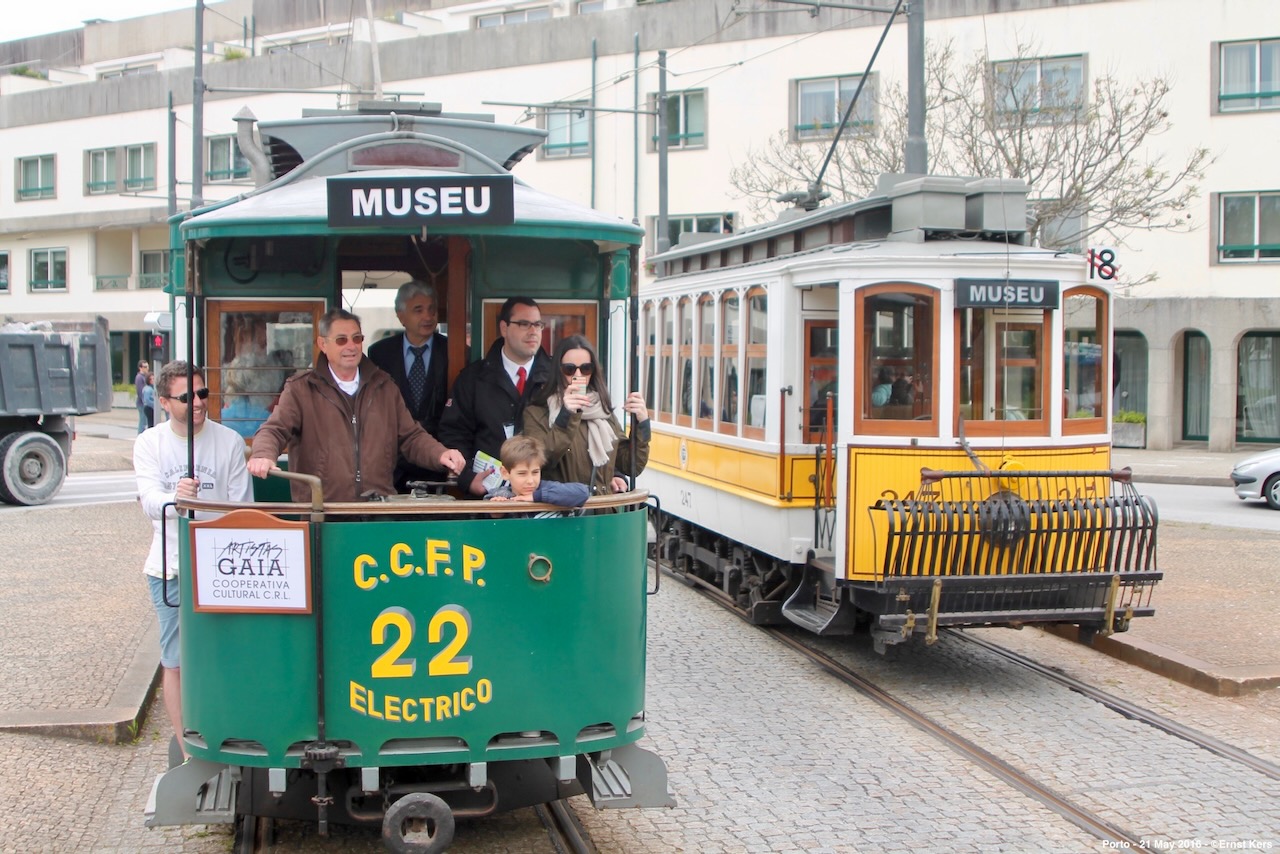
The Porto Electric Tram Network, the CCFP years 1895-1946
The first electric tramline in Porto was opened in 1895. Until 1946 the network was operated by the CCFP: Companhia Carris de Ferro do Porto. This was a private company. In 1946 the operations were taken over by the municipal owned STCP: Serviço de Transportes Colectivos do Porto (now Sociedade de Transportes Colectivos do Porto)…
-
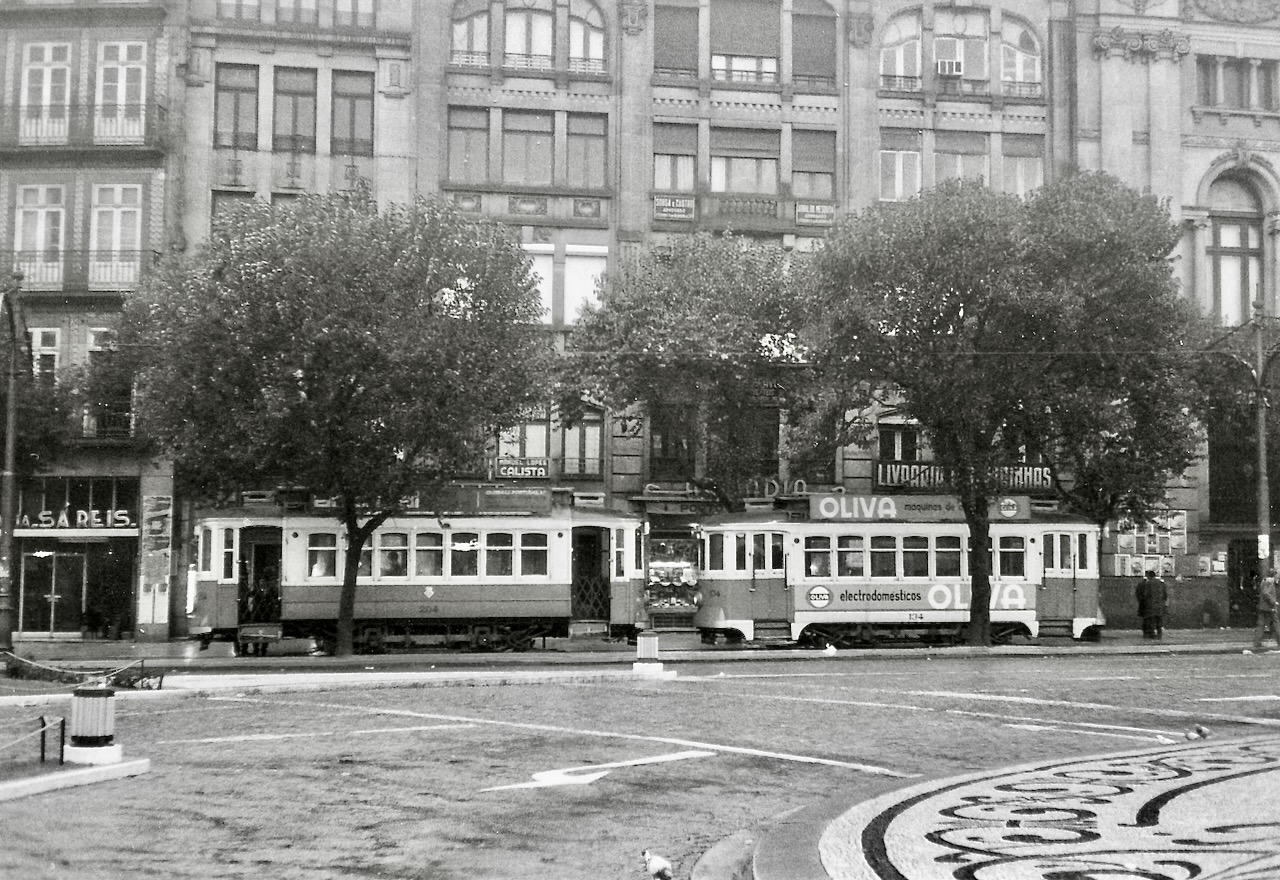
Praça da Liberdade
Praça da Liberdade, until 1910 Praça Dom Pedro IV, is the heart of the city of Porto. When the first mule trams arrived here in 1875, the Northern side was still occupied by the old city-hall. Most mule trams did not have their terminus on Praça, but continued to another destination. There were only single…
-
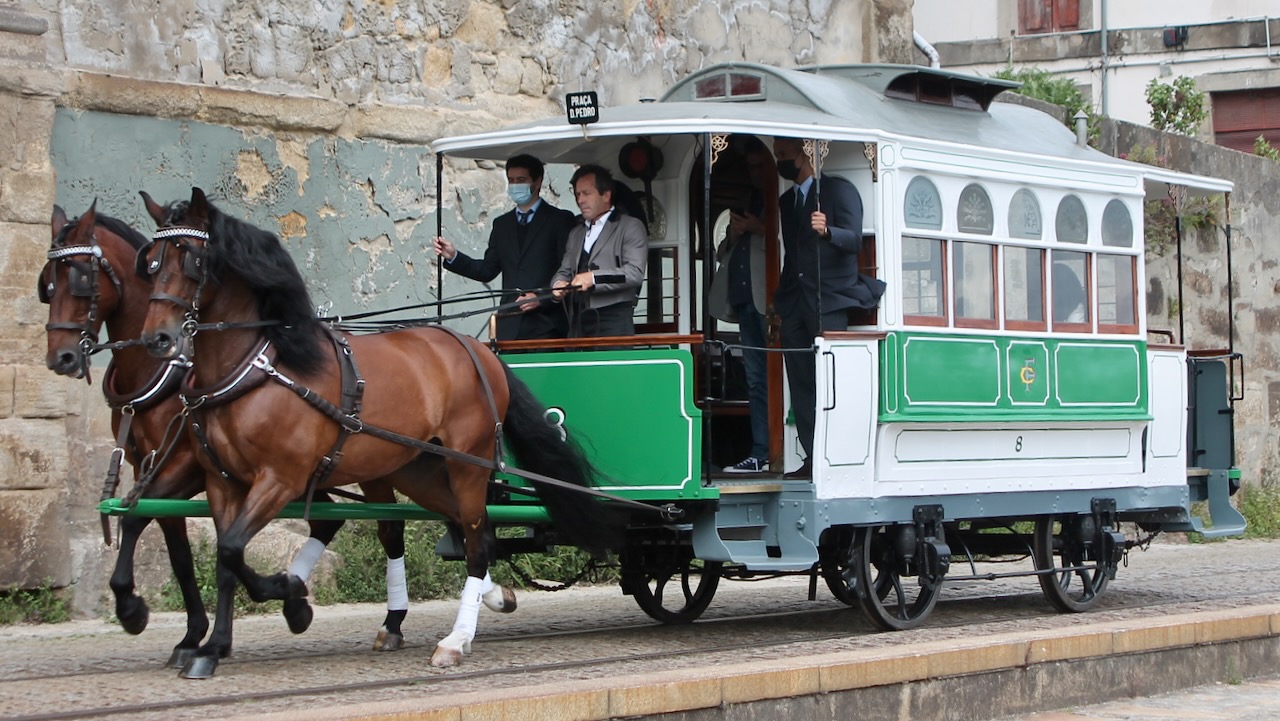
The Mule (horse) Tram period
Porto, like many other cities, developed a horse tram system in the last decades of the 19th century, although instead of horses mainly mules were used to haul the vehicles. This page tells the history of these first trams of Porto. There is a separate page about the oldest tram vehicles.
-
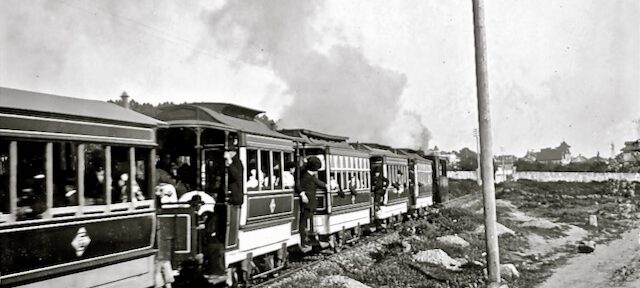
The Oldest Porto Tramcars
The history of the oldest Porto tramcars is very complicated, but partly also obscure. They were hauled by both mules and steam locomotives. Later part of them were transformed into electric trams while the others continued as trailers of the electric trams. The majority was disposed of during the second decade of the twentieth century,…
-
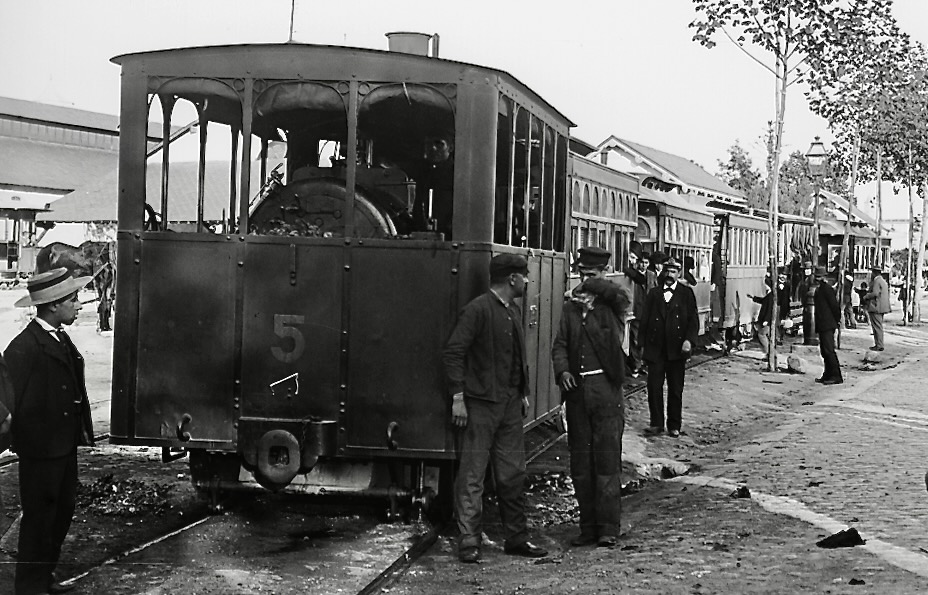
The Porto Steam Trams
In Porto, like in most cities before electric trams were introduced, horse trams provided the urban public transport, although in Porto more often mules were used. Steam trams were used in many cities too, most on busy suburban routes. Porto was one of the cities in Europe using steam locomotives for trams. This page is…
-

Ponte Luís I
The Ponte Luís I, often called the Ponte Dom Luís, connects the central parts of Porto and VN de Gaia. It had and has a major role in the public transport of Porto and is one of the most important landmarks of the city. This bridge with two decks was built in the 1880’s as…
-
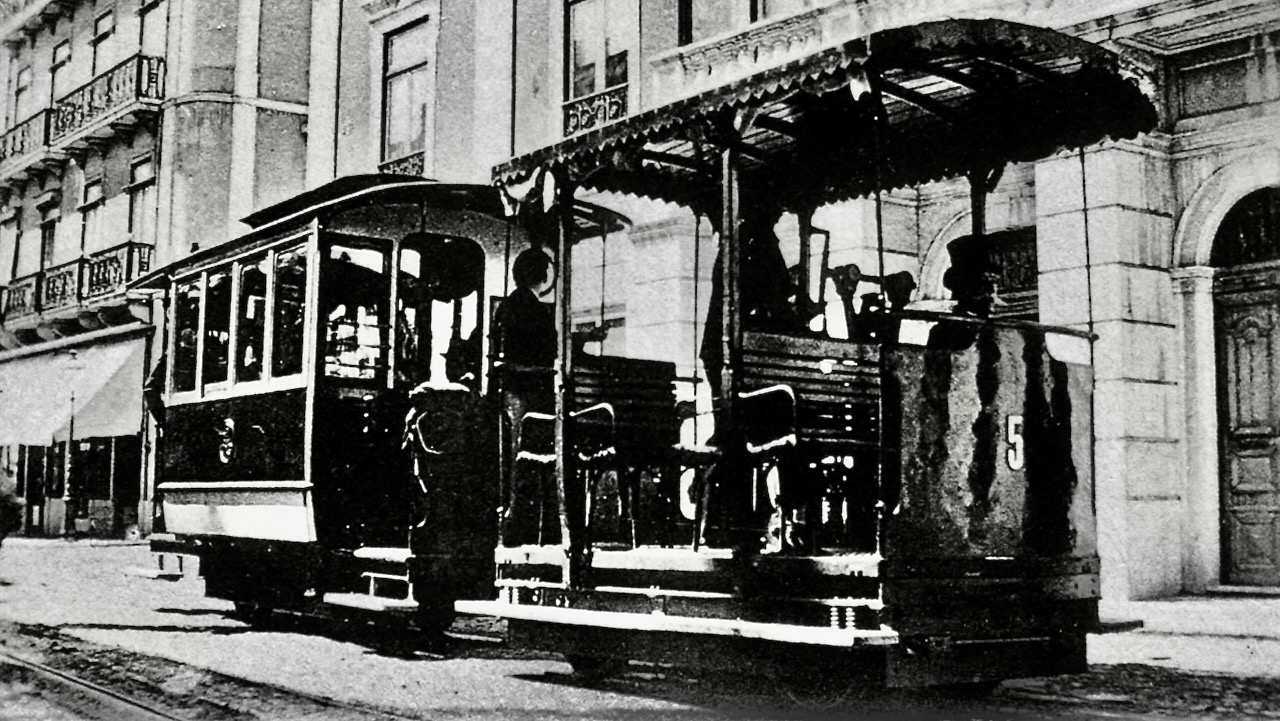
The Lisboa cable trams
Lisboa is built on hills. Mule or horse trams could only go up the steep gradients with the use of extra animals. As the animals were the largest cost of the whole tram operations, it was a too costly affair to have many or long steep inclines within the network. In 1873 in San Francisco…
-
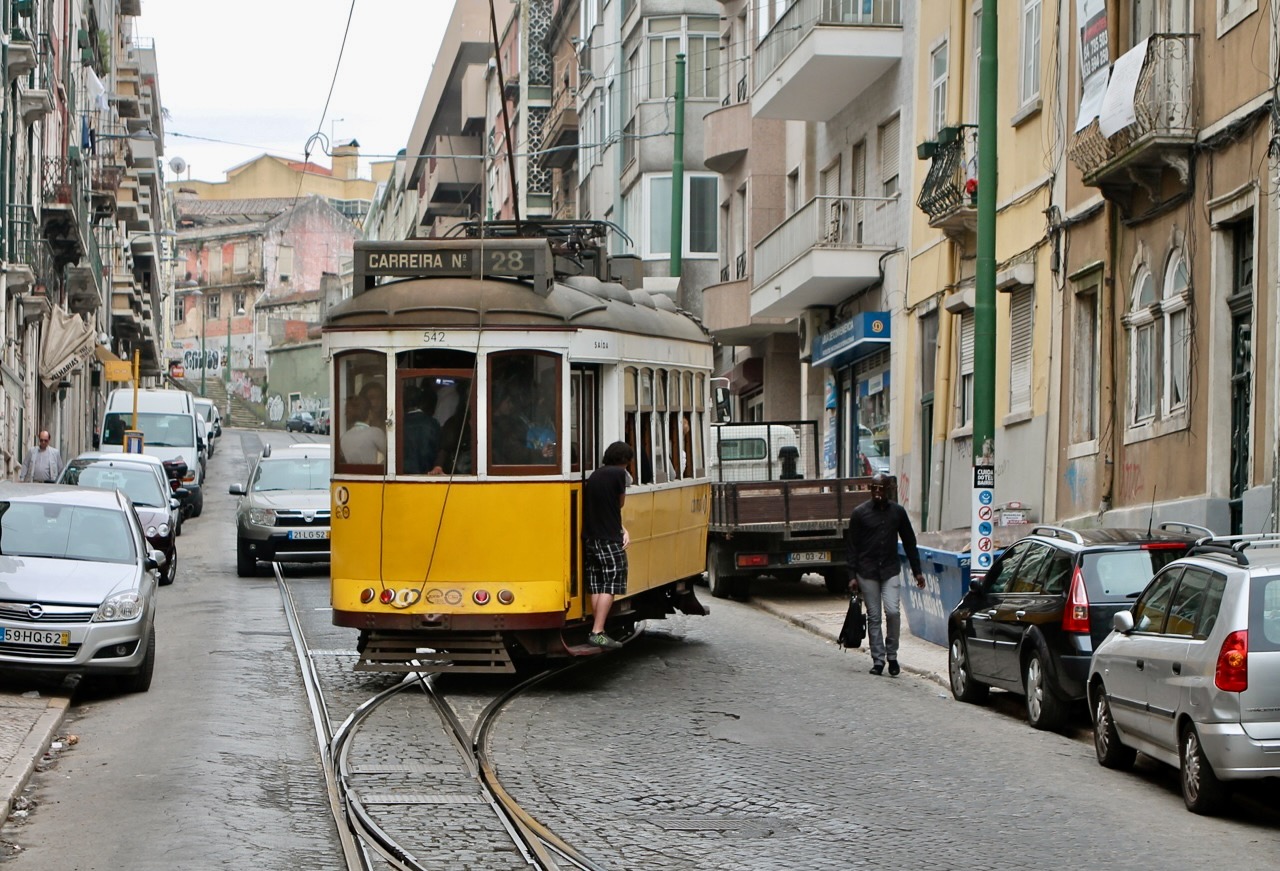
Changing the rule of the road from left to right
Question: I know that Portugal shifted from driving left to right in 1928. I could imagine, that the trams had only left doors when shifting. How did Portugal cope with this? Did the trams continue in the left side for some time, or was it properly planned as in Sweden, where public transportation introduced double…
-
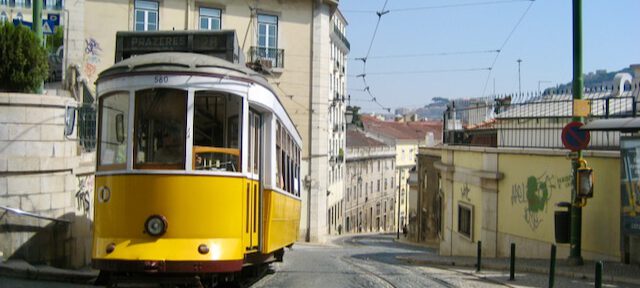
Trams on the steep slopes of Lisbon
Question: I have just visted Lisbon and did a tourist tram ride. I have spent the last couple of days trying to find details of how the trams manage the very steep hills as the slopes are much steeper than I would expect. Can you signpost any internet sights for me. Answer: I’m not sure…
-
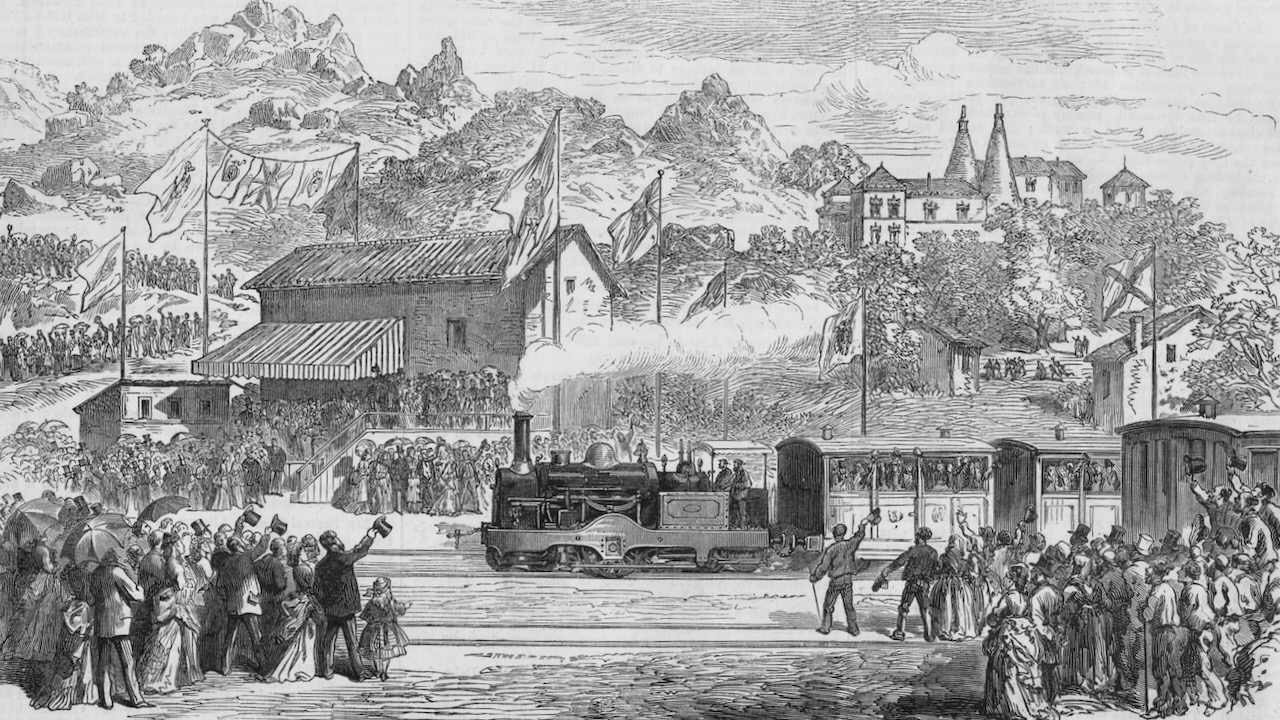
Larmanjat
The Larmanjat was a monorail system invented by the french engineer Jean Larmanjat (1826-1895). The system was made of a central vignola type iron rail and at both sides longitudinal wooden sleepers about 60 cm from the central rail. This system was adopted by “The Lisbon Steam Tramways Company ltd“. Locally the system was called “Companhia de…
-

Coimbra trams
Coimbra was one of the five places in Portugal that had an electric tram system. The city is situated about 200 km north of Lisboa and 120 km south of Porto and dates from the Roman period. The oldest part of the city “Alta” or “Almedina” occupies an irregularly-shaped hill overlooking the Rio Mondego. Already…
-

Braga trams
Braga was one of the five places in Portugal that had an electric tram system. This very old city, with its roots in the pre-historic period, is situated about 55 km north-east from Porto. Apart from the many monuments in the city itself, one of the most important destinations for visitors is the Santuário do…
-
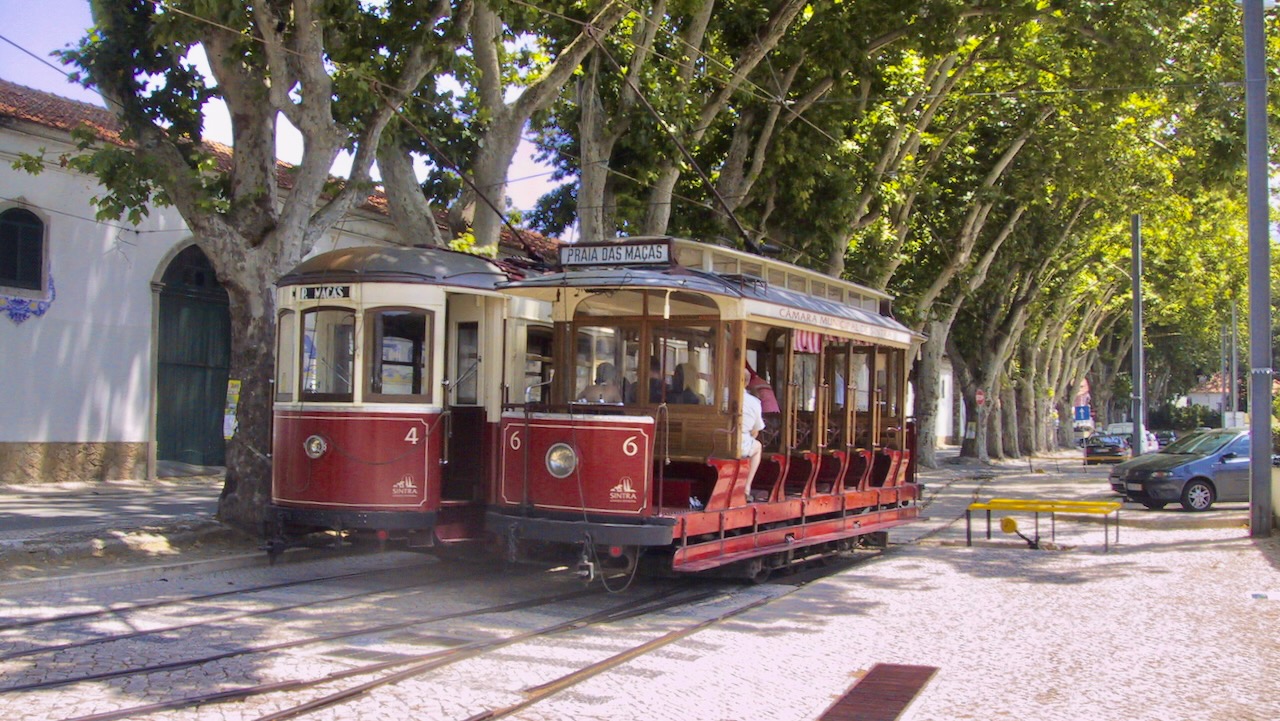
Sintra trams
In 1904 an 11.7 km long metre gauge electric tramline was opened from Sintra (station) to Praia das Maças (Applebeach). An 1.0 km long urban line connected the station in Sintra-Estefânia with Sintra-Vila. Some freight transport existed, mainly between Banzão and the railway station. In the small Banzão depot is still a weigh bridge and…
